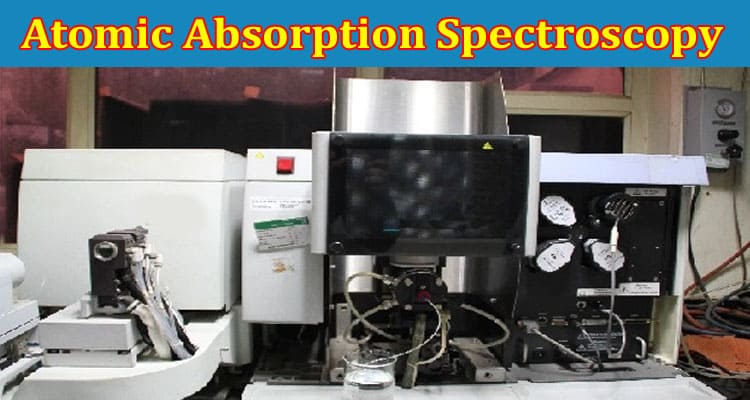Atomic absorption spectroscopy (AAS) is a powerful tool for analyzing a wide range of materials. It is used to determine the concentration of elements in a sample and can also detect trace elements.
AAS offers a simple, reliable, and cost-effective method for accurately determining the concentration of elements in a sample. In addition, you should check out the Agilent atomic absorption spectroscopy. In this blog post, we will explore how AAS can improve your analysis and provide insight into a wide range of materials. We will discuss the benefits of AAS and how it can help you make more informed decisions.
What is atomic absorption spectroscopy?
Atomic absorption spectroscopy (AAS) is a technique to identify and measure the concentration of specific elements in a sample. This is done by passing a beam of light through a material sample and measuring the amount of light absorbed by each component.
The result is then compared against a calibration curve to determine the concentration of each element. AAS has been widely used in many industries, such as environmental monitoring, pharmaceuticals, and food production.
AAS works by passing light, typically in the ultraviolet or visible range, through a sample of the material that contains the elements to be measured. Each element absorbs light at a different wavelength, which an instrument can detect called an atomic absorption spectrometer. By measuring the amount of light absorbed by each element, the concentration of that element can be determined.
The process of AAS is relatively straightforward but requires an accurate calibration curve. This calibration curve is based on the known concentrations of each element in the sample. Determines each component’s concentration from the AAS measurement results. Once calibrated, AAS can be used to measure the attention of various elements in a sample quickly and accurately.
The basics of how it works
Atomic absorption spectroscopy (AAS) is a method of chemical analysis that uses the absorption of light by free atoms in the gaseous state to determine the concentration of particular elements in a sample. AAS measures the amount of energy absorbed by the free particles in a sample when exposed to radiation of a known wavelength. This radiation is usually produced by an atomic absorption lamp or another source, such as an arc lamp.
AAS requires the presence of a sample and a light source. The sample is placed inside a chamber exposed to the light source. As the sample absorbs the light, electrons in the sample’s atoms become excited and emit radiation. This emitted radiation is measured and used to determine the concentration of the elements in the sample.
The main advantage of AAS is its ability to measure low concentrations of elements in a sample. AAS can also measure concentrations too low to be detected by other analytical techniques. AAS is beneficial for determining trace metals in biological samples and detecting metals added to samples as contaminants.
The advantages of using atomic absorption spectroscopy
Atomic absorption spectroscopy (AAS) is a powerful tool for qualitative and quantitatively analyze of a wide range of materials. AAS has several advantages over other analytical techniques, making it a popular choice for many studies.
One of the essential advantages of AAS is its high sensitivity. The technique can detect deficient concentrations of elements, making it ideal for trace element analysis. AAS also offers greater precision and accuracy than other analytical methods and higher resolution, which is essential when dealing with complex samples or multiple elements.
Another advantage of AAS is its flexibility. The instrumentation can easily be adjusted to accommodate different types of sample matrices and to measure other elements. This makes AAS an excellent choice for various applications, from environmental analysis to industrial processes and quality control.
Finally, AAS can provide a great deal of information about the sample under test, which can be invaluable for many types of research. For example, the technique can provide insights into a sample’s chemistry and structure and information about its composition and molecular structure. This can help researchers better understand their samples and make informed decisions about their next steps.
Conclusion
Agilent atomic absorption spectroscopy is a handy tool that can help improve the accuracy and reliability of your analysis. This technique offers many benefits, including measuring samples accurately at low concentrations, an overall reduction in time and cost, and the flexibility to adapt to various sample types. With its broad range of applications and benefits, atomic absorption spectroscopy is an invaluable analytical tool for researchers, chemists, and engineers.
Also Read: How Can Technology Help Students Learn Better? {July}


